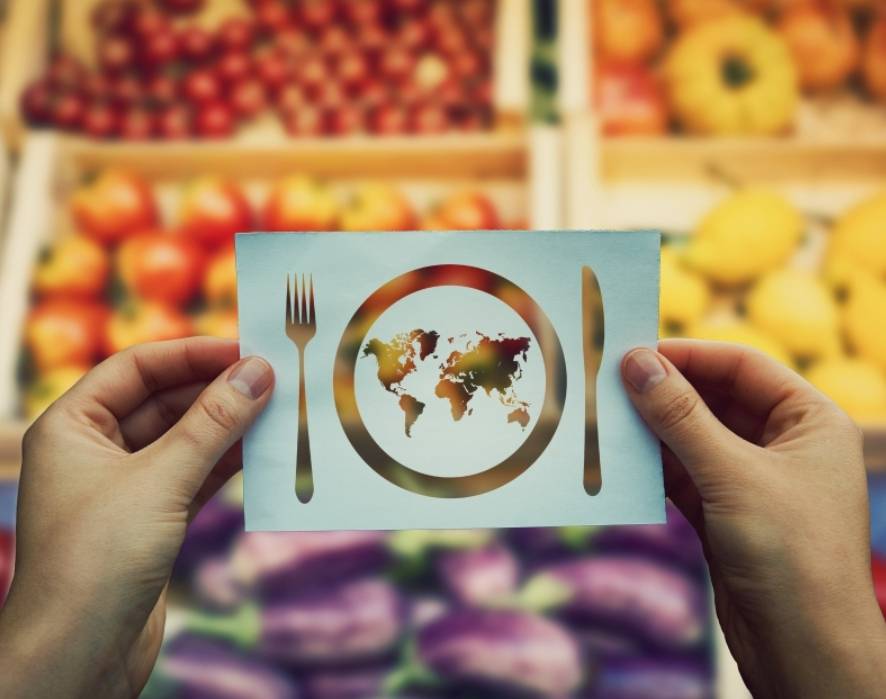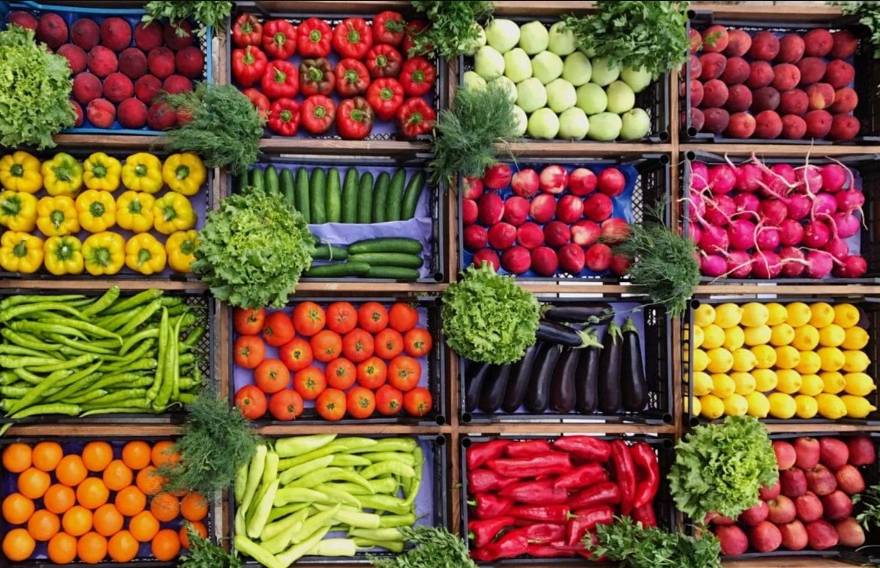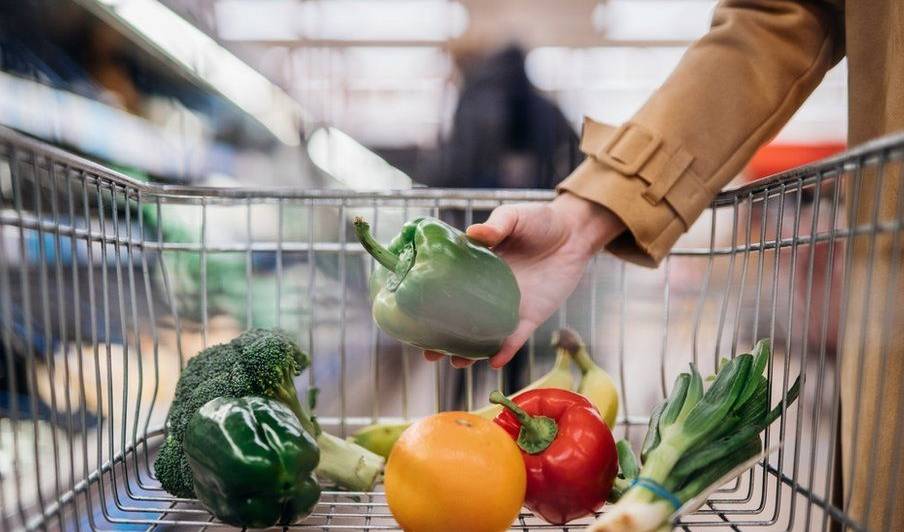The fruit and vegetable trade in Europe has shown resilience despite the challenges posed by Brexit and the COVID-19 pandemic
As per the European Statistics Handbook 2022 report by Fruit Logistica, the fruit and vegetable markets in Europe encountered three significant challenges in 2021, namely adverse weather conditions, the persistent COVID-19 pandemic, and an increase in transportation and production expenses. Despite these hurdles, the industry remained resilient.
In the summer season, people had greater opportunities to dine out or travel due to the relaxation of Covid-related restrictions. However, the arrival of the fourth and fifth waves of the pandemic resulted in new limitations being enforced during the autumn months.
Lockdowns in the past have spurred the demand for home-delivered fruits and vegetables, which saw a significant increase in 2020. However, this increase did not rise further in 2021. The pandemic has caused unprecedented disruptions in the global supply chains of essential commodities, resulting in a substantial surge in container freight charges. Additionally, the cost of fuel has significantly risen in the past 12 months, thereby amplifying transportation expenses.
Shortages of raw materials for manufacturing and packaging have resulted in their price escalation, a condition that was unprecedented in previous years. Unlike adverse weather situations that are not new to the market production, heatwaves and prolonged drought periods have not significantly impacted the international trade of fruits and vegetables.
The rising severity of weather conditions is notable as heatwaves and droughts are becoming longer, while rainfall is more sporadic and intense, resulting in floods. Both, insufficient and excessive rainfall, occurred in 2021. Despite this, the overall water supply was better than in previous years.
So far, the high transportation costs and restricted capacity have had minimal impact on the international trade of fruits and vegetables. The import and export volumes within and outside the EU in 2021 remained nearly the same as the previous year or, in some cases, even higher. Despite concerns about a potential collapse of exports to the UK following Brexit, such fears did not materialize.
Impact of Brexit on EU’s Exports to the United Kingdom

While the EU-27’s exports to the UK witnessed a decline after Brexit, the decrease was not significant, with a 2% drop in vegetable exports and a 7% drop in fruit exports. The UK’s empty supermarket shelves received more attention, primarily caused by lengthier border control procedures. However, the more significant challenge was the national transportation of goods, which was adversely affected by the shortage of truck drivers.
In the future, other nations may also face similar issues. In the new post-Brexit situation, EU countries that earlier supplied significant quantities of fruits and vegetables to the UK have suffered losses. Specifically, Spain (-5%) and the Netherlands (-3%) experienced a decline in vegetable exports.
Spain, the major supplier of fruits, exported a slightly greater volume to the UK in comparison to 2020. However, this figure was lower than in previous years. On the other hand, the Netherlands (-33%) and France (-4%) experienced a significant drop in their fruit exports. Even though the EU-27’s exports to the UK reduced after Brexit, the decrease was moderate, with a 2% decline in vegetable exports and a 7% decrease in fruit exports.
The departure of the United Kingdom from the EU has resulted in a noticeable shift in the foreign trade balance. In earlier years, the foreign trade balance was unfavorable for both fruits and vegetables. Although the deficit for fruit exports remains, the foreign trade balance for vegetable exports is now slightly positive. However, EU’s fresh fruit imports continue to surpass its vegetable imports significantly, with the importation of bananas and other exotic fruits that are primarily not cultivated in the EU in large quantities.
There was a slight decrease in fruit imports (domestic and international) in 2021. Despite being the top fruit importer in 2020, Germany reduced its imports, causing the Netherlands to take the lead. However, even though the Netherlands is the second largest fruit exporter after Spain, not all of the fruits exported from the country are grown domestically.
Compared to 2020, there was a slight increase in EU fruit exports. Germany remained the top vegetable importer, but with a lower volume than the previous year. Overall, there was a slight increase in the volume of vegetables imported into the EU.
Exports within the EU fell slightly in 2021

In 2021, exports were slightly lower than the previous year. Fruit has a relatively high proportion of extra-EU trade, with 41% of bananas, pineapples, avocados, and mangoes being imported from non-EU countries.
In the case of oranges and apples, intra-EU trade is the predominant form of trade. Fruit exports mainly stay within the EU, but Brexit has caused a slight shift towards third-country trade. In 2021, nearly 18% of fruit exports were destined for countries outside the EU. Bananas, apples, and oranges were the top fruits exported in terms of volume. As for fresh vegetables, the proportion of extra-EU trade is much lower than for fruit, at just under 16%. Tomatoes and onions make up the largest share of vegetables imported in the largest volumes from non-EU countries.
The primary vegetables imported from non-EU countries are tomatoes from Morocco and onions from New Zealand. In 2021, 78% of vegetable exports were destined for other EU countries. In the previous year, when the UK was still a member state, intra-EU trade made up 89% of vegetable exports. Onions were the top vegetable exported, followed by tomatoes and peppers.
Preliminary data shows that the total fruit and vegetable harvest in the EU-27 in 2021 was about 1% lower than in 2020. Early estimates suggested that fruit losses would be considerably higher, but the final figures show only a 1% decrease. A substantial apple crop helped to offset the negative trends seen in several other fruit categories.
The production of peaches, nectarines, and apricots in Southern Europe was impacted by frost during the flowering season. In addition, cold spells in January, March, and April caused significant losses, resulting in the smallest harvest in 30 years.
Unfavorable conditions caused a significant reduction in the production of oranges and easy peelers compared to the previous year. Spain predicted a smaller crop due to adverse weather, though some areas were less affected. Currently, the expensive and limited transport capacity has not had a major impact on the foreign trade of fruits and vegetables.
Moderate losses in Europe and uncertainty for the 2022/2023 campaign

The losses in Europe were not as significant as anticipated. Based on initial data, the orange harvest declined by only 1% compared to the previous year, and the volume of easy peel oranges decreased by 2%.
Despite the record production volume indicated by these percentages, there were regional losses due to frosts, and the flowers did not grow in most countries due to the cold weather. Nevertheless, there was an increase of 11.5 million tons of apples harvested compared to the previous year. Poland contributed significantly to this increase, making it an uncertain factor for the European market in the 2021/22 marketing season.
The pear crop in Europe was not as successful as apples. Italy experienced frost, resulting in the lowest pear crop in 30 years. On the other hand, the vegetable harvest remained relatively stable, only declining by 0.3% compared to 2020. While the harvest of lettuce, cauliflower, and zucchini decreased, it was compensated by a larger onion crop. Several European countries were affected by extreme weather conditions.
The floods that occurred in parts of Germany and the Benelux in July were especially notable. Additionally, some regions in Spain and Italy experienced power outages and damage due to intermittent and unusually heavy rainfall and localized flooding. Furthermore, the vegetable season in central Europe had a slow start due to low spring temperatures.
Following the slow start, there was a reduction in sunshine compared to the previous year, which resulted in lower yields for some crops, especially tomatoes, even in protected environments. The situation was exacerbated by the emergence of new plant diseases. However, cucumbers and peppers appeared to have a more successful harvest with higher volumes being produced.
Nonetheless, some tomato productions had transitioned to growing other vegetables. Conversely, the increasing energy costs pose a challenge, particularly for greenhouse farming in the Benelux countries.



